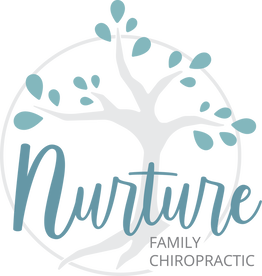|
All information is sourced from Dr. Vizniak's Orthopedic Assessment Textbook. Always visit your local health care professional for a detailed assessment of your injury or pain to get an accurate diagnosis and treatment strategy.
Joint arthritis (aka osteoarthritis) is a progressive loss of cartilage in a joint. It can lead to stiff joints and painful surrounding muscles which then make it feel difficult to use the affected joint. Although the actual mechanism and cause of arthritis is unknown, there are a number of factors that researchers and health professionals believe to contribute to the development of arthritis in your joints: 1. Repetitive high-impact activities 2. Twisting injuries 3. Abnormal joint anatomy and biomechanics 4. Inadequate muscle strength, balance or endurance 5. Nutritional deficiencies 6. Medical and genetic factors So how do you heal osteoarthritis? The answer lies in regular motion and physical activity. Moving your body, including the painful joints, is essential to ensure proper and optimal healing of the joint. But isn't moving a painful joint bad? Isn't pain the body's natural way to signal that you shouldn't move it? The answer is yes and no. Yes to acute injuries, such as a fall or a sports injury. No to chronic or slow-developing injuries such as osteoarthritis. The reason moving and pushing through pain is actually repairative and healing in joint arthritis is because during normal movements, the synovial fluid held within the cartilage of the joint is mechanically squeezed out (aka weeping lubrication) to provide a layer of fluid on the cartilage surface and circulate nutrients. So if you move more, your arthritic joint gets more nutrients that it can use to help heal itsself. Now, it's not a perfect science on how much/how long you should your body. It's about finding the right amount of daily physical activity for your own body. Too little movement and you'll still feel like your have stiff joints and achy muscles because you haven't had enough movement to fully lubricate the joints. Too much and you'll feel like your joints are stiffening up and your muscles are painful because your joints were overworked. The appropriate amount of physical activity can be found through trial and error or by seeking professional advice and an assessment by your local chiropractor or physiotherapist. Your chiropractor or physiotherapist can also provide joint mobilizations or adjustments to help relieve pressure from the joint and make it more comfortable for you to participate in physical activity. Muscle release techniques can also be provided to help sooth painful, tight muscles. You don't have to suffer from joint arthritis, the key lies within physical activity. And if you're having a hard time figuring out what works best for you, a chiropractor or physiotherapist can provide their expertise and guidance on how to best get you back on track. You're not alone.
0 Comments
Leave a Reply. |
AuthorDr. Yee Archives
May 2024
Categories |
Location77 Westmount Rd
Suite 208 Guelph, ON. N1H 5J1 |
|


 RSS Feed
RSS Feed